The 7 worst popes in the history of the Catholic Church
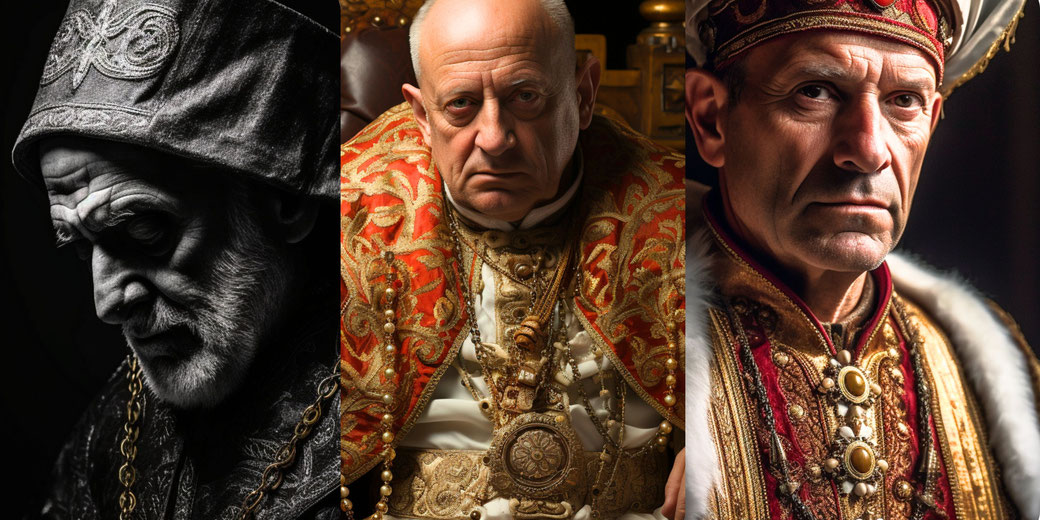
The Vatican has been the epicenter of Catholic faith and tradition for centuries. Yet, beneath the golden aura of its sanctity, there have been leaders whose actions and decisions have sparked debates, controversies, and even schisms.
How did some Popes, the very embodiment of spiritual leadership, become subjects of such intense scrutiny and criticism?
What were the events and choices that cast shadows over their papacies?
And how did their actions shape the course of Church history?
1. Pope Stephen VI
Pope Stephen VI, who reigned from 896 to 897, is perhaps best remembered for one of the most bizarre episodes in papal history: the Cadaver Synod.
This macabre event saw the exhumation of his predecessor, Pope Formosus, whose corpse was then dressed in papal vestments and subjected to a posthumous trial.
The motivations behind this act are rooted in the political and ecclesiastical conflicts of the time.
Formosus had made several decisions during his papacy that were unpopular with certain factions within the Church, and Stephen VI, once he assumed the papal throne, sought to invalidate those decisions.
By putting Formosus on trial, even in death, Stephen aimed to delegitimize his predecessor's actions.
The trial concluded with Formosus being found guilty, leading to the nullification of his papacy and the desecration of his remains.
However, the Cadaver Synod did not have the desired effect for Stephen VI.
Instead of consolidating his power, the event horrified many in Rome and further polarized factions within the Church.
The public backlash was swift, and Stephen's papacy was soon engulfed in turmoil.
Within months, he was deposed, imprisoned, and eventually met a violent end.
The legacy of the Cadaver Synod lingered, with subsequent Popes grappling with its implications and the decisions made during that grim event.
Pope Stephen VI's brief and tumultuous reign serves as a cautionary tale about the dangers of mixing personal vendettas with spiritual leadership, and the unpredictable consequences of such actions.

2. Pope Benedict IX
Pope Benedict IX's papacy is unique in the annals of Church history, not only for the controversies that surrounded him but also for the unprecedented nature of his three non-consecutive terms as Pope.
Born Theophylactus of Tusculum, he was a member of a powerful Roman family that wielded significant influence in ecclesiastical and political circles.
His first term began in 1032, and from the outset, his reign was marred by allegations of scandal, immorality, and even simony.
The gravity of these accusations, combined with the political machinations of the time, led to his being deposed and reinstated multiple times.
In 1045, during his second term, Benedict made a decision that further cemented his controversial legacy: he sold the papacy to his godfather, John Gratian, who then became Pope Gregory VI.
This act, arguably one of the most blatant examples of simony in Church history, was driven by Benedict's desire to marry, though historical accounts vary on this motivation.
However, his resignation was short-lived. By 1047, with the help of the powerful Crescentii family, Benedict reclaimed the papal throne, only to be driven out once more the following year.
Benedict IX's papacy is often cited as a low point in the history of the papal office, a period where personal ambition and familial politics overshadowed the spiritual and moral responsibilities of the role.
His actions, particularly the sale of the papacy, prompted calls for reform within the Church and highlighted the need for clearer guidelines on papal succession and conduct.

3. Pope Alexander VI
Pope Alexander VI, born Rodrigo Borgia, ascended to the papal throne in 1492, a time when the Renaissance was in full bloom and the political landscape of Italy was a complex battleground of competing city-states and influential families.
The Borgia family, originally from Spain, had established themselves as a formidable force in Rome, and Rodrigo's election as Pope was seen by many as the culmination of their rise to power.
However, his papacy would become one of the most controversial in Church history, marked by allegations of nepotism, corruption, and moral decadence.
From the outset, Alexander VI's papacy was characterized by his desire to consolidate power and secure the future of the Borgia dynasty.
He appointed several family members to key positions within the Church, most notably his children Cesare and Lucrezia Borgia, who themselves became central figures in the political and social dramas of the era.
Cesare, initially groomed for a career in the Church, would later abandon his cardinalship to pursue military and territorial ambitions, with the full backing of his father.
Beyond the walls of the Vatican, Alexander VI played a pivotal role in the geopolitics of the time.
He issued the Bulls of Donation, which divided the newly discovered lands of the Americas between Spain and Portugal, a decision that would shape the course of colonial history.
However, it was the Pope's personal life and the scandals associated with the Borgia family that drew the most attention and criticism.
Tales of lavish parties, intrigues, and even allegations of murder became synonymous with the Borgia name.
By the time of his death in 1503, Alexander VI had become a polarizing figure, admired by some for his political acumen and ability to navigate the treacherous waters of Renaissance Italy, but reviled by others for the perceived moral decay and corruption that marked his papacy.
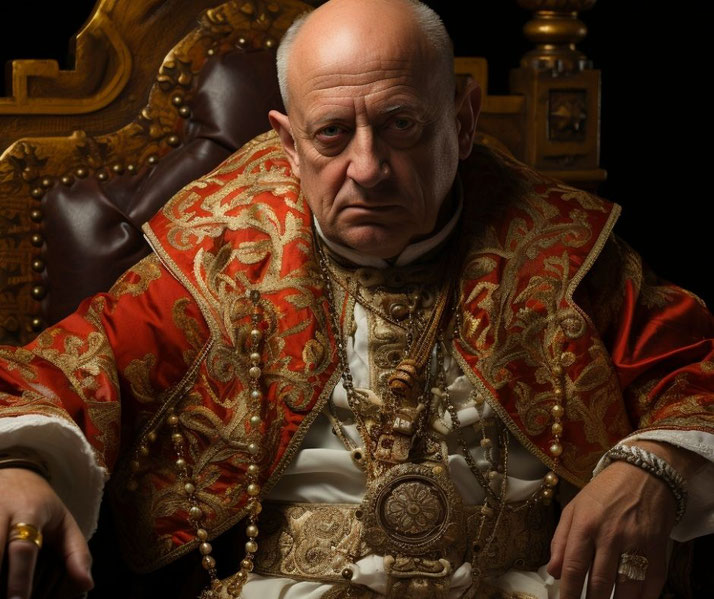
4. Pope Leo X
Pope Leo X, born Giovanni de' Medici, hailed from the influential Medici family of Florence, known for their patronage of the arts and their significant role in the cultural blossoming of the Renaissance.
When he assumed the papal throne in 1513, Leo brought with him a love for the arts and a penchant for grandeur.
His reign saw the Vatican transformed into a hub of cultural activity, with artists like Raphael and Michelangelo benefiting from his generous patronage.
The construction of the new St. Peter's Basilica, a monumental project, also progressed significantly under his guidance.
However, the grand projects and lavish lifestyle of the papal court required vast sums of money.
To finance these endeavors, Leo X sanctioned the sale of indulgences, a practice where the faithful could, in essence, buy a reduction of their time in purgatory.
This decision would have profound consequences for the Church. A German monk named Martin Luther vehemently opposed the sale of indulgences, viewing it as a corruption of the true teachings of Christianity.
In 1517, Luther nailed his Ninety-Five Theses to the door of the Castle Church in Wittenberg, a direct challenge to papal authority and the beginning of what would become the Protestant Reformation.
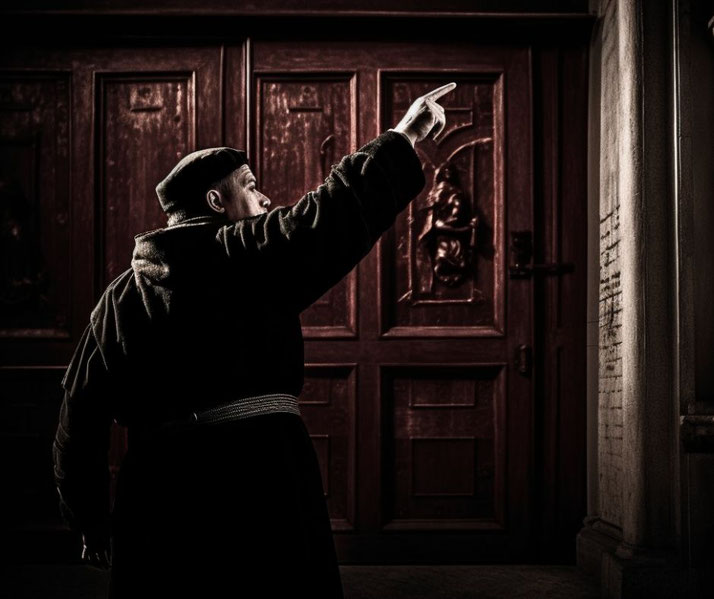
Leo X's initial response to Luther was one of dismissal, but as the monk's teachings gained traction, the Pope's stance hardened.
In 1520, he issued the papal bull "Exsurge Domine," condemning Luther's writings and threatening him with excommunication.
Luther's subsequent refusal to recant led to his excommunication in 1521.
While Leo X's papacy was marked by significant cultural achievements and the flourishing of the Renaissance within the Vatican, it also coincided with one of the most significant schisms in Christian history.
5. Pope Urban VI
Pope Urban VI, originally Bartolomeo Prignano, took the papal throne in 1378 during a period of significant tension within the Church.
His election was initially welcomed, especially by the Romans who had long desired an Italian Pope after a series of French pontiffs.
However, the enthusiasm was short-lived. Urban VI's temperament and leadership style quickly drew criticism.
He was seen as autocratic, and his decisions often came across as erratic.
His strained relations with the cardinals, many of whom were French, led to a series of events that would plunge the Church into one of its most challenging crises.
A mere few months after Urban's election, a group of cardinals, discontented with his rule, convened and elected a rival pope, Clement VII, who took residence in Avignon, France.
This marked the beginning of the Western Schism, a period where multiple claimants to the papacy existed simultaneously.
The Christian world was now divided, with different regions declaring allegiance to different popes.
This schism not only had religious implications but also deepened political divides across Europe, as monarchs and leaders chose sides based on political convenience rather than spiritual conviction.
Urban VI's reign was further marred by his treatment of those he perceived as threats.
He imprisoned and even executed cardinals he believed were conspiring against him, further alienating many within the Church hierarchy.
His actions, combined with the broader schism, led to widespread disillusionment among the faithful and called into question the very legitimacy and unity of the papal office.
By the time of his death in 1389, the schism was firmly entrenched, and the Church would remain divided for another four decades.
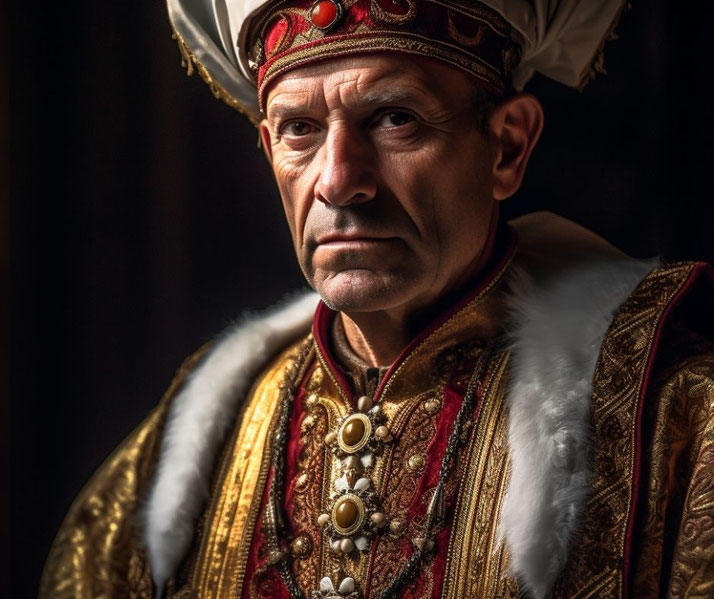
6. Pope John XII
Pope John XII, ascending to the papal throne at the tender age of 18, remains one of the most controversial figures to have led the Church.
Born Octavianus, he was the grandson of Marozia, a powerful Roman noblewoman who had a significant influence on papal politics during her time.
John's youth and the circumstances of his election, largely influenced by familial politics, set the stage for a papacy riddled with allegations of misconduct and impropriety.
From the outset, tales of John XII's personal indiscretions began to circulate.
He was accused of turning the Lateran Palace into a den of vice, with stories of lavish feasts, gambling, and immoral acts becoming synonymous with his reign.
Such behavior, especially from the highest spiritual authority, shocked many and led to growing discontent among the clergy and the faithful.
Beyond his personal actions, John XII's political decisions also drew criticism.
In a bid to counter the growing power of the Holy Roman Emperor, Otto I, John sought alliances with some of the emperor's adversaries.
However, when Otto's forces approached Rome, John fled, only to return when Otto installed a new pope, Leo VIII.
The subsequent power struggle between John and Leo, with shifting allegiances and excommunications, further destabilized the papacy.
John XII's untimely death at the age of 27 brought an end to a tumultuous reign.
While some historians argue that the accounts of his misdeeds were exaggerated by his political enemies, there's little doubt that his papacy was marked by a blend of political intrigue and personal scandal.
7. Pope Sergius III
Pope Sergius III's reign came during a tumultuous period in Church history, often referred to as the "Saeculum obscurum" or "Dark Age."
This era, spanning the late 9th to the mid-10th century, was characterized by rampant political intrigue, familial power struggles, and a series of short-lived papacies, many of which ended under suspicious or violent circumstances.
Sergius III's papacy was no exception to this trend of volatility and controversy.
Before becoming Pope, Sergius had already been embroiled in the complex politics of the Roman Church.
He was initially elected Pope in 898 but was quickly driven out of the city by supporters of Pope John IX.
However, Sergius would return to power in 904, and his second ascension to the papal throne was marked by a series of ruthless moves to consolidate his position.
It is believed that he ordered the murders of his two immediate predecessors, Popes Leo V and Christopher, a claim that, if true, makes him the only Pope to have ordered the murder of another pontiff.
Sergius III's reign was also marked by his relationship with the influential Theophylacti family, particularly with Marozia, who would later become a central figure in Roman and papal politics.
Their alleged affair and the rumored birth of a child added another layer of scandal to an already controversial papacy.
While Sergius III's papacy was relatively short, it was emblematic of the challenges the Church faced during this dark period.
The intertwining of personal ambitions, political alliances, and spiritual duties often led to decisions that were at odds with the moral and ethical expectations of the papal office.
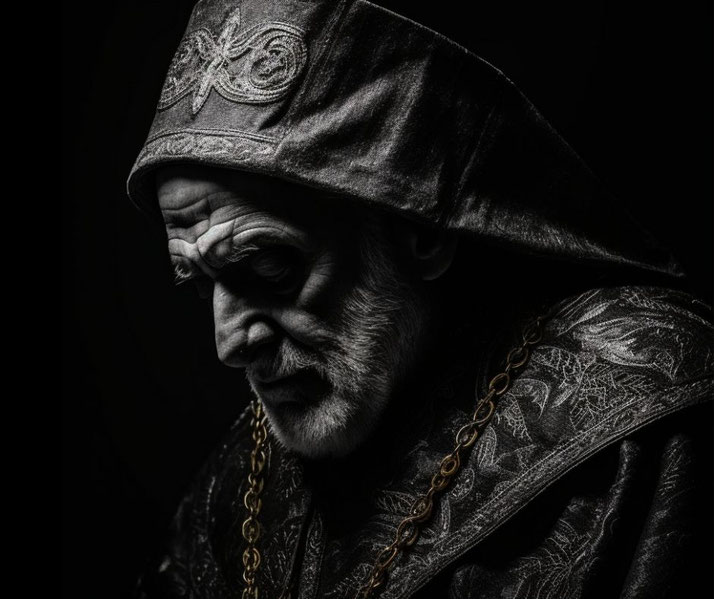
What do you need help with?
Download ready-to-use digital learning resources
Copyright © History Skills 2014-2024.
Contact via email
With the exception of links to external sites, some historical sources and extracts from specific publications, all content on this website is copyrighted by History Skills. This content may not be copied, republished or redistributed without written permission from the website creator. Please use the Contact page to obtain relevant permission.





